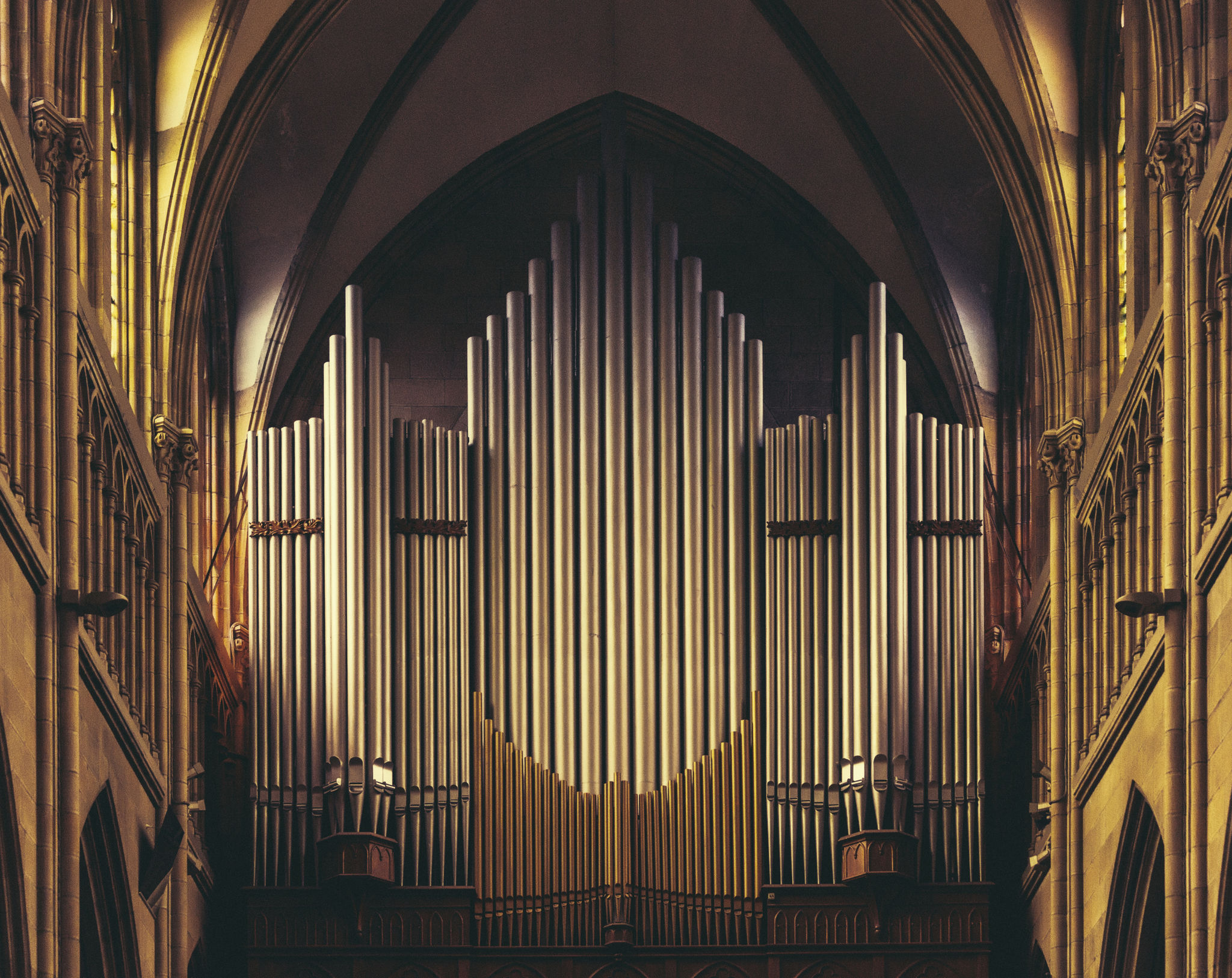Exploring the Rich History of Pipe Organs in Portugal
The Origins of Pipe Organs in Portugal
The history of pipe organs in Portugal is as rich and complex as the country's own cultural tapestry. These magnificent instruments made their way to Portugal during the medieval period, brought by religious influences from the rest of Europe. The earliest records of pipe organs in Portugal date back to the 14th century, and these instruments quickly became a staple in churches and cathedrals across the nation.
Initially, pipe organs were primarily installed in religious settings, serving as an integral part of liturgical ceremonies. Their powerful and emotive sound was believed to elevate the spiritual experience, capturing the devotion and reverence of congregations. By the 17th century, Portugal had become home to some of the most exquisite and technically advanced pipe organs in Europe.

The Golden Age of Pipe Organs
The 18th century marked the golden age of pipe organs in Portugal. During this time, local craftsmen enhanced their skills, creating instruments that not only rivaled but often surpassed those found elsewhere on the continent. The intricate designs and unparalleled sound quality of Portuguese pipe organs are a testament to the artisans' dedication and expertise.
One of the most notable examples from this era is the grand organ in the Royal Basilica of Mafra. Built between 1717 and 1730, this organ remains one of the largest and most beautiful in the world. Its majestic appearance and rich sound continue to captivate audiences today, serving as a symbol of Portugal's deep musical heritage.

Renowned Organ Builders
The success of Portuguese pipe organs can be largely attributed to renowned builders such as Joaquim António Peres Fontanes and Manuel de Sá Couto. These master craftsmen contributed significantly to the development and innovation of organ building techniques. Their work not only defined the sound of Portuguese organs but also influenced styles across Europe.
Fontanes, for instance, was known for his attention to detail and ability to blend aesthetics with functionality. The organs he built were celebrated for their durability and tonal richness, ensuring they stood the test of time. Similarly, Sá Couto's inventive approaches brought about unique tonal combinations, setting Portuguese organs apart from their European counterparts.
Preservation and Restoration Efforts
In recent years, there has been a renewed interest in preserving these historical instruments. Many organizations and individuals have undertaken restoration projects to ensure that Portugal's pipe organs are maintained for future generations to enjoy. This includes meticulous work to repair worn-out parts and restore original sound qualities.
These efforts have not only revived the instruments themselves but have also sparked a resurgence in public interest. Concerts featuring these restored organs attract both locals and tourists, highlighting the cultural significance of these masterpieces and their role in Portugal's musical legacy.

Modern Use and Influence
Today, pipe organs in Portugal continue to enchant audiences with their timeless beauty and sound. They are featured prominently in both religious and secular performances, demonstrating their versatility as musical instruments. Furthermore, modern composers often draw inspiration from these historical instruments, weaving traditional sounds into contemporary compositions.
The influence of Portuguese pipe organs extends beyond national borders, inspiring musicians and builders worldwide. This ongoing legacy ensures that these extraordinary instruments remain an integral part of Portugal's artistic identity.
Exploring Pipe Organ Heritage
For those interested in exploring Portugal's rich pipe organ heritage, there are numerous venues to visit. From the historic churches in Lisbon to the magnificent cathedrals in Porto, each location offers a unique glimpse into the country's musical past. Guided tours often include demonstrations, providing an opportunity to hear these incredible instruments in action.
Whether you are a music enthusiast or simply curious about historical craftsmanship, visiting Portugal's pipe organs is a truly enriching experience. It allows you to connect with a centuries-old tradition that continues to resonate with people across the globe.

